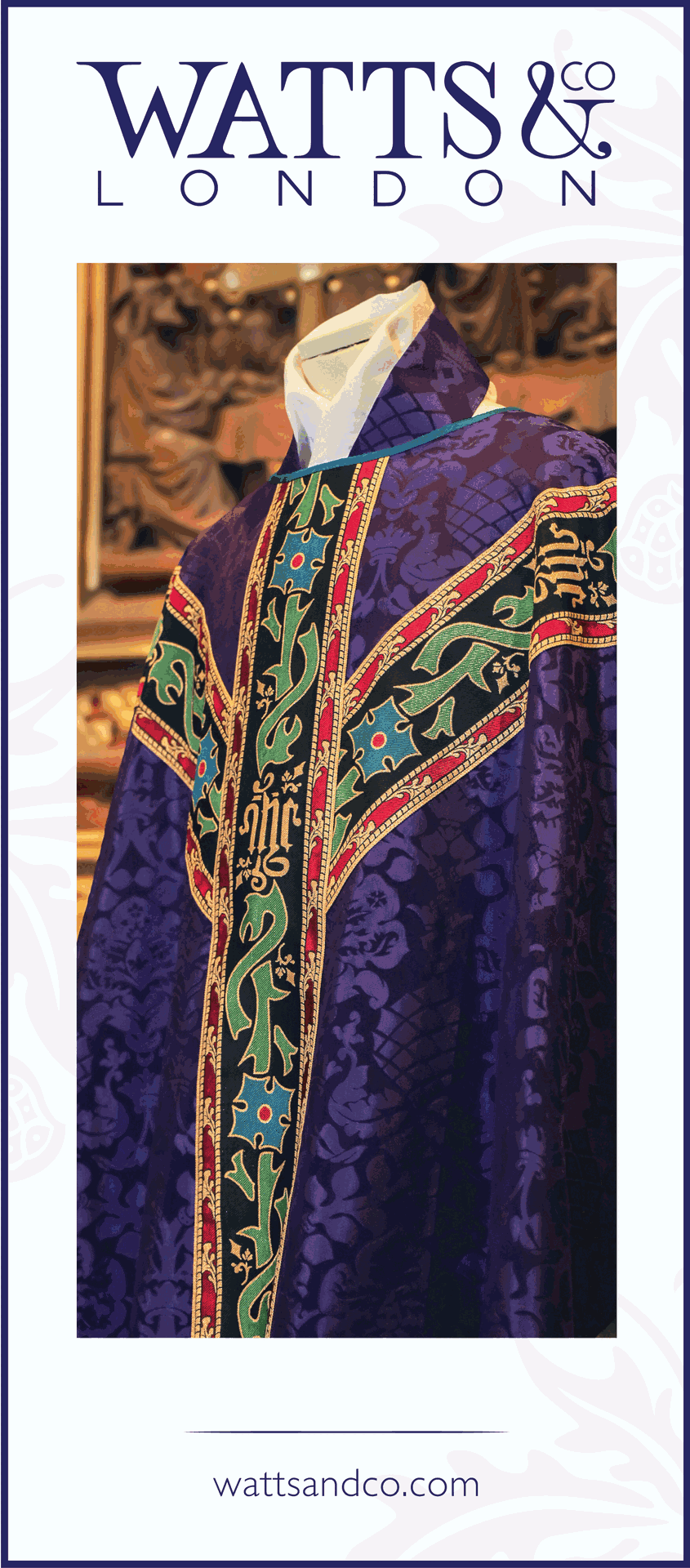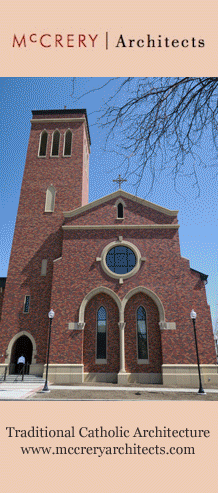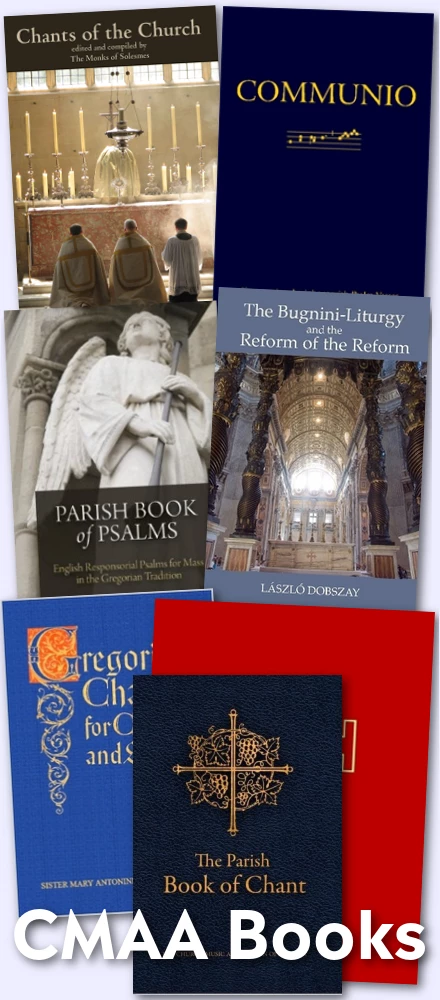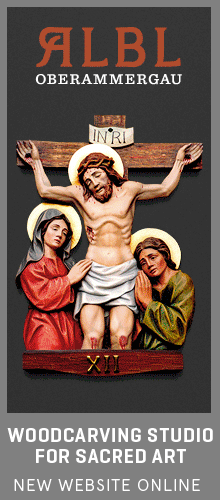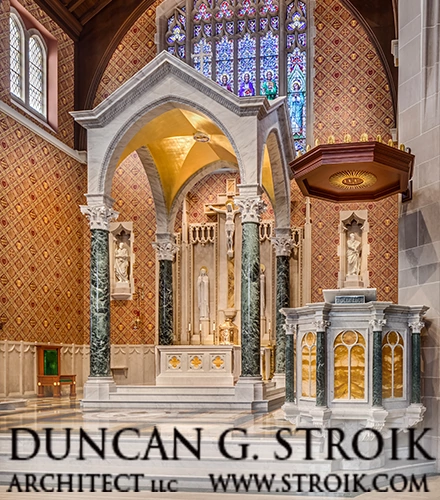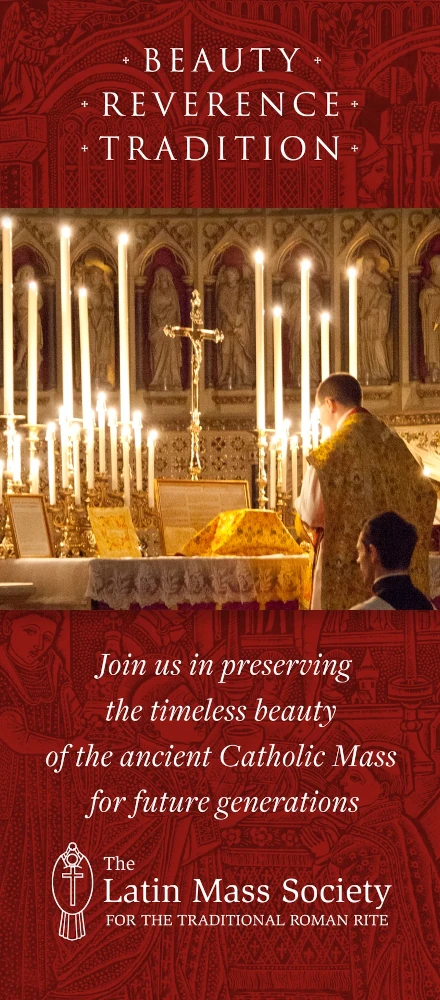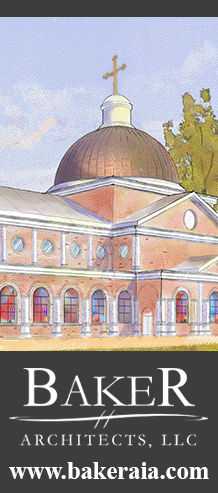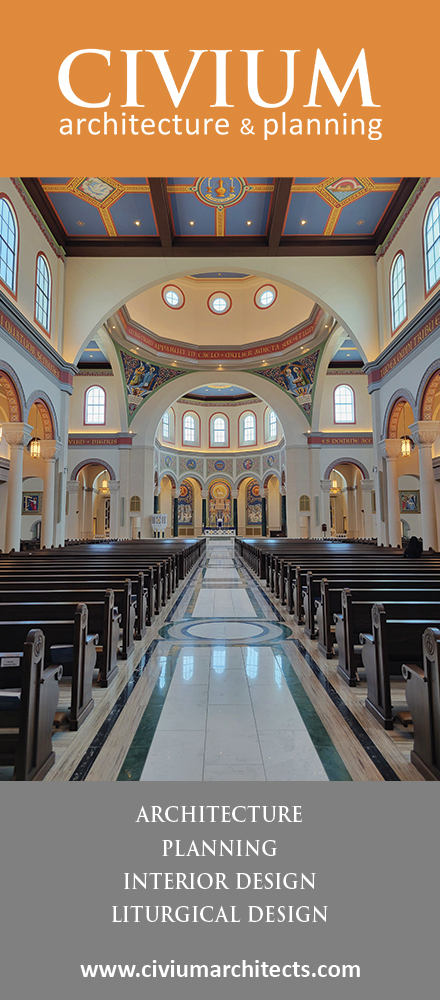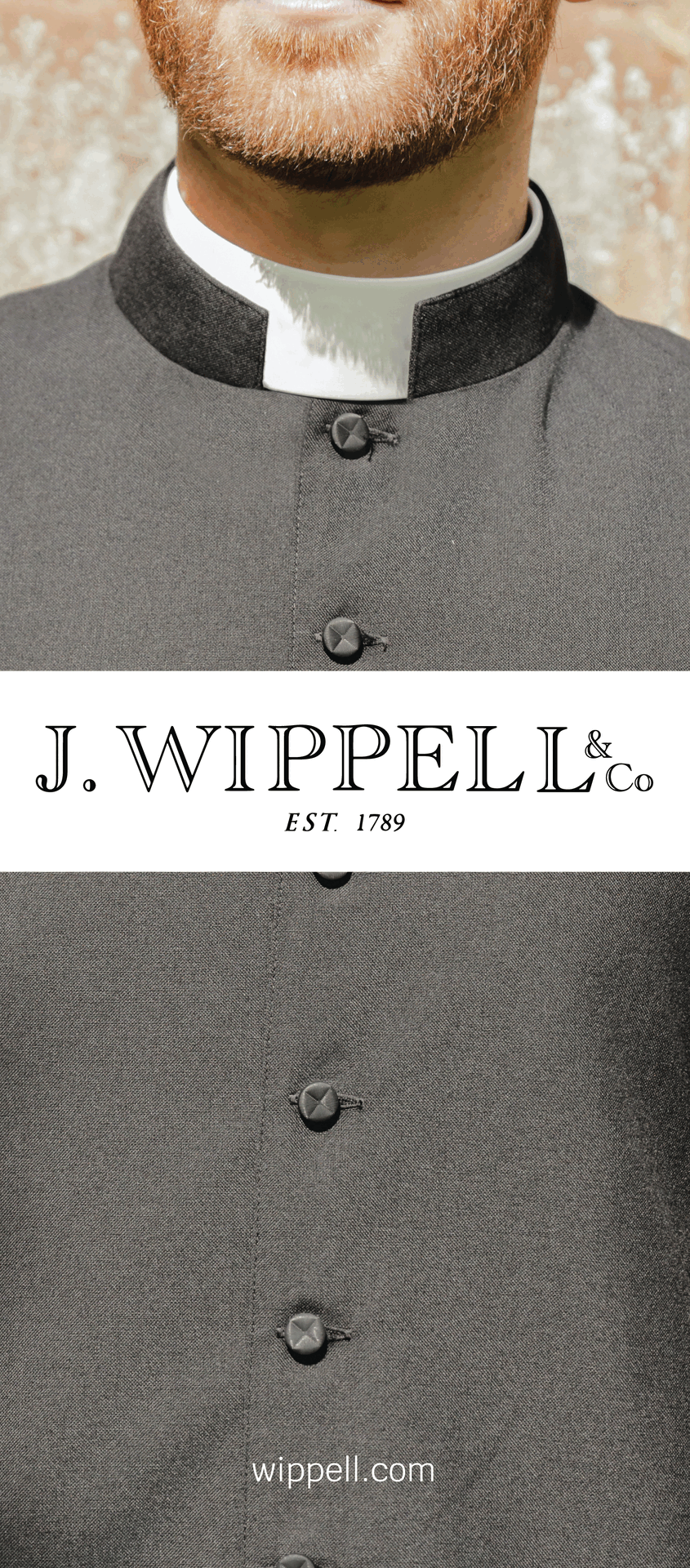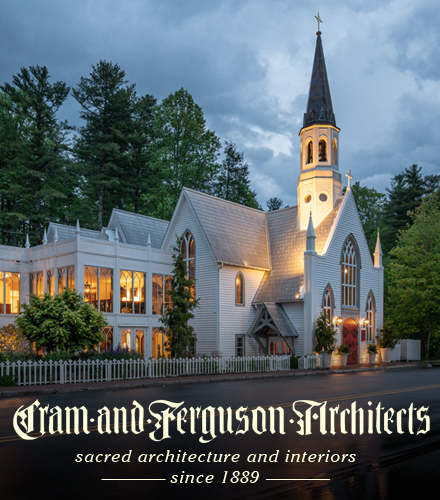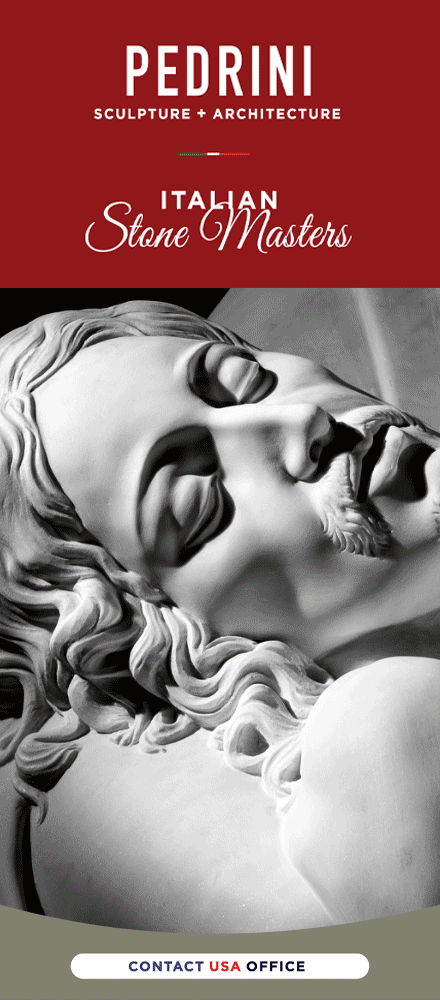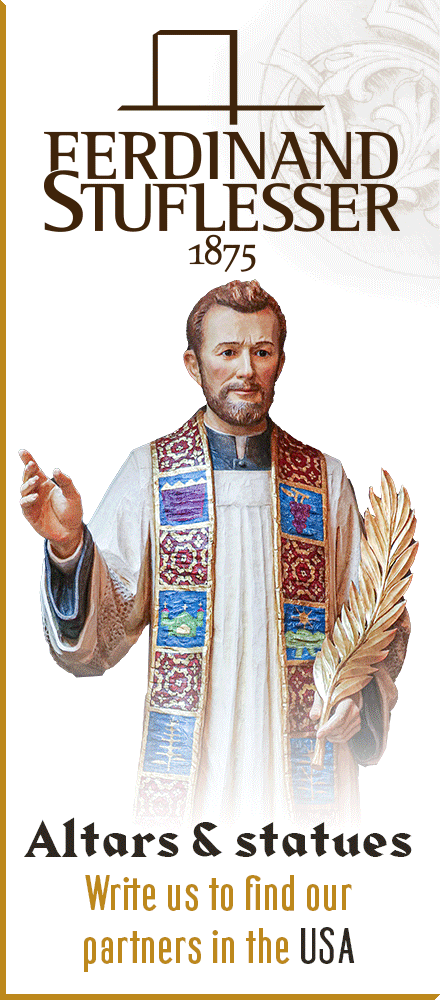Summer weekends seem to be good for lighter and airier topics like our series on some of the finer points of traditional ecclesiastical costume, and feeling the need for something lighter and less serious, it seemed like an opportune moment to continue our considerations.
Previously we had looked at liturgical sandals, pontifical buskins, and the buckled shoes of clerics, but we turn now to another element which can be found to ornament everything from mitres, to dalmatics and chasubles. The element in question is ecclesiastical heraldry.
One of the things you will note in places like Milan and Rome in particular is the use of heraldry on a number of the traditional vestments that one finds there, be they in museums, or be they in use. One runs into it quite frequently.
Of course, this causes me to turn again to The Costume of Prelates who includes the following thoughts about heraldry in its pontifical context:
The offices of the Prelates of the Roman Court were formerly reserved for persons of noble birth. At present, though the above rule is far from being so absolute, these dignities, however, remain noble offices. Therefore, Roman etiquette, faithful to tradition, requires that such Prelates as have no hereditary right of bearing arms prepare for themselves an escutcheon, if not as a sign of nobility, at least as a symbol of high dignity and prelatical functions.
[...]
Among the different sorts of arms, those of Prelates, in this country, may be arms of family, if the Prelate has inherited them, or "assumptive arms," if he adopts them when receiving his appointment.
[...]
As a sign of jurisdiction and authority, the coat-of-arms of a Bishop should be printed ... In church, the canopy of the episcopal throne should be decorated with the Bishop's coat-of-arms embroidered in colors, as well as sacred vestments, chasubles, stoles, mitres, copes, etc., personally belonging to him or presented by him. It is also a Roman usage to decorate with the embroidered coat-of-arms the front part of the drapery covering the prie-dieu of a Prelate.
Here are some examples of coats-of-arms as seen on many papal vestments:
Of course, in our own day, Pope Benedict XVI has revived this tradition in the papal vestments he has been using or has had designed:
Beyond the specific arms of popes and prelates however, here is an example of the coat of arms of the Discalced Carmelites embroidered upon a chasuble:
These are yet just further examples of some of the small details that are enriching aspects of the Western liturgical tradition.

